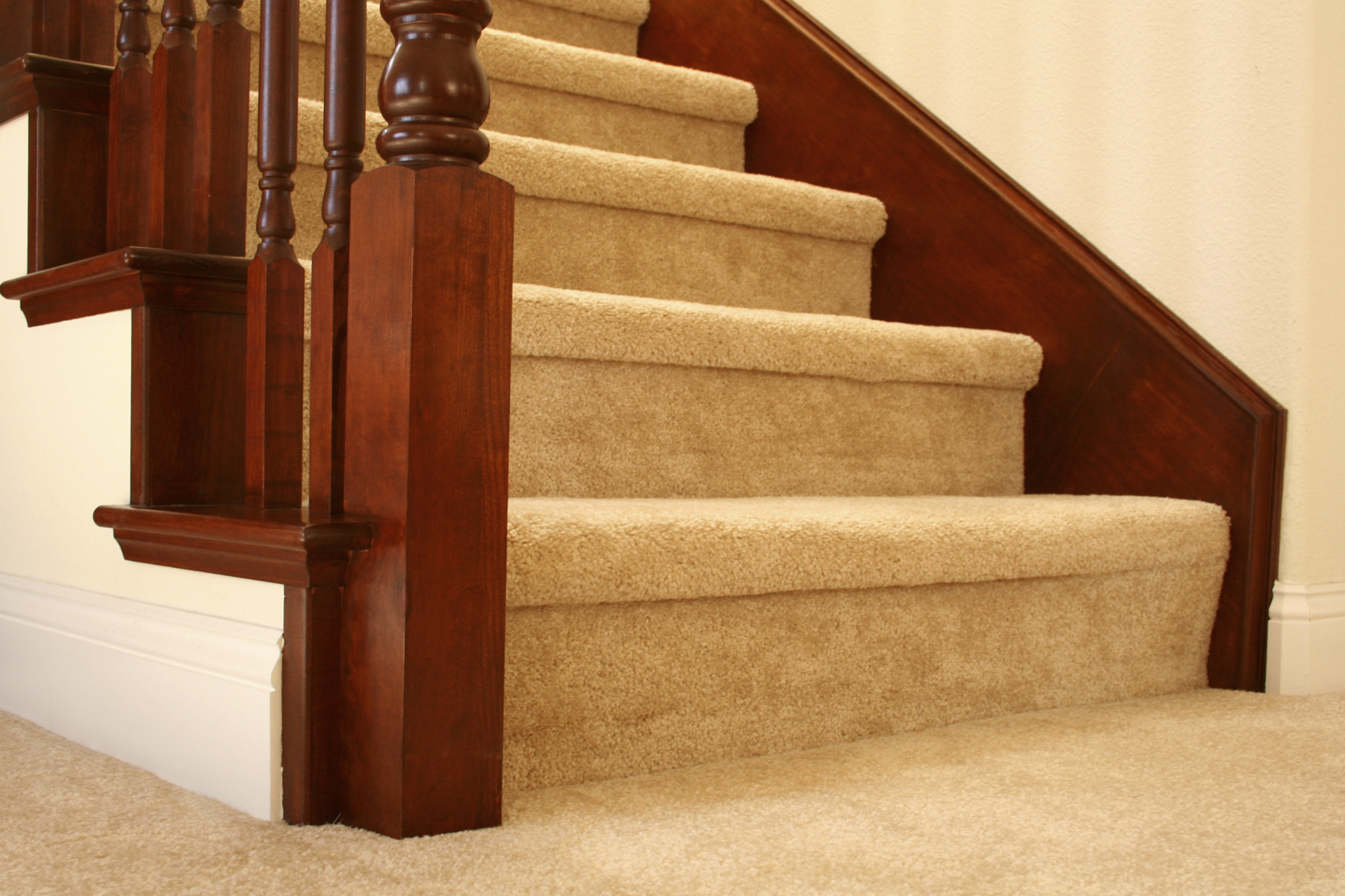Falls injure some 8 million Americans each year. Broken bones and concussions are often the result. For many, it is the start of a tragic downward spiral of health problems that ends in death.
A new study out of the Massachusetts General Hospital in Boston finds that the cause for many of these terrible spills is not what you’d think… Not muscle weakness, poor eyesight, loss of balance, or old age.
Most studies that link this surprising factor to falls often focus on elderly folks living in institutions and suffering from dementia.1 Yet almost 20% of the patients involved in this new study were under 65…the youngest being 35.2 Most still lived in their own home, and less than 10% had dementia.3 So, really, anyone is at risk.
Farrin Manian, M.D., and one of his students studied hospital records of 161 people. Each of them had fallen and admitted themselves to the hospital. That’s where doctors discovered one thing they all had in common…
What was it that led to their falls?
You’ll be surprised. But you’ll also be glad to see how easy it is to protect yourself…
Systemic infections—viral or bacterial.
This can include a wide range of infectious illnesses… The flu, colds, urinary tract infections. Or it could be a bloodstream infection that started from a cut, sore, or catheter.
These illnesses cause the usual symptoms of infection… fever and chills. But they can also trigger confusion, dizziness, and vertigo… That’s what increases risk of an injury-causing tumble.
So what’s the best way to protect yourself?
Your first line of defense should be vitamin C. Studies show it can prevent infections before they start… And reduce cold and flu symptoms by 85% once you’re infected.
Bell peppers, broccoli, berries, citrus, and kale are high in vitamin C.
If you don’t get much vitamin C from fruits and vegetables, take a supplement. We recommend the liposomal kind. It’s mixed with healthy fats that make vitamin C easier for your body to absorb.
A good starting dose is 500 mg a day. Splitting it into two doses ensures your body can absorb it all.
Beta-glucans (BG) is another great infection-fighting supplement. It’s a simple sugar derived from algae and fungi.
Women taking a BG supplement have one-third fewer bouts of the flu and colds. And symptoms are less severe when you do get sick.
Take 100 mg a day. And make sure the supplement contains BG in the form of beta 1,3/1,6-D-glucan. You can find BG supplements in health food stores or online.
These two nutrients will help keep you healthy–and with two feet firmly on the ground.
In Good Health,

Angela Salerno
Executive Director, INH Health Watch
Like this Article? Forward this article here or Share on Facebook.
References:
1http://www.medpagetoday.com/MeetingCoverage/IDWeek/54026
2Ibid
3Idem

